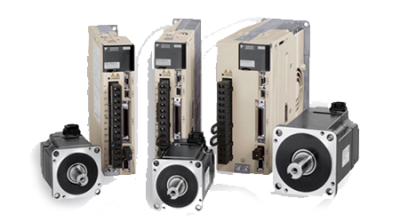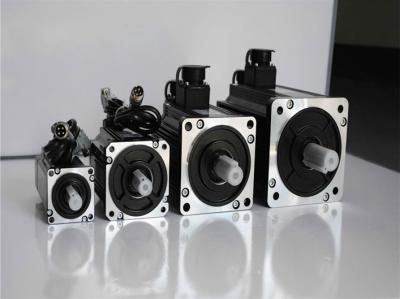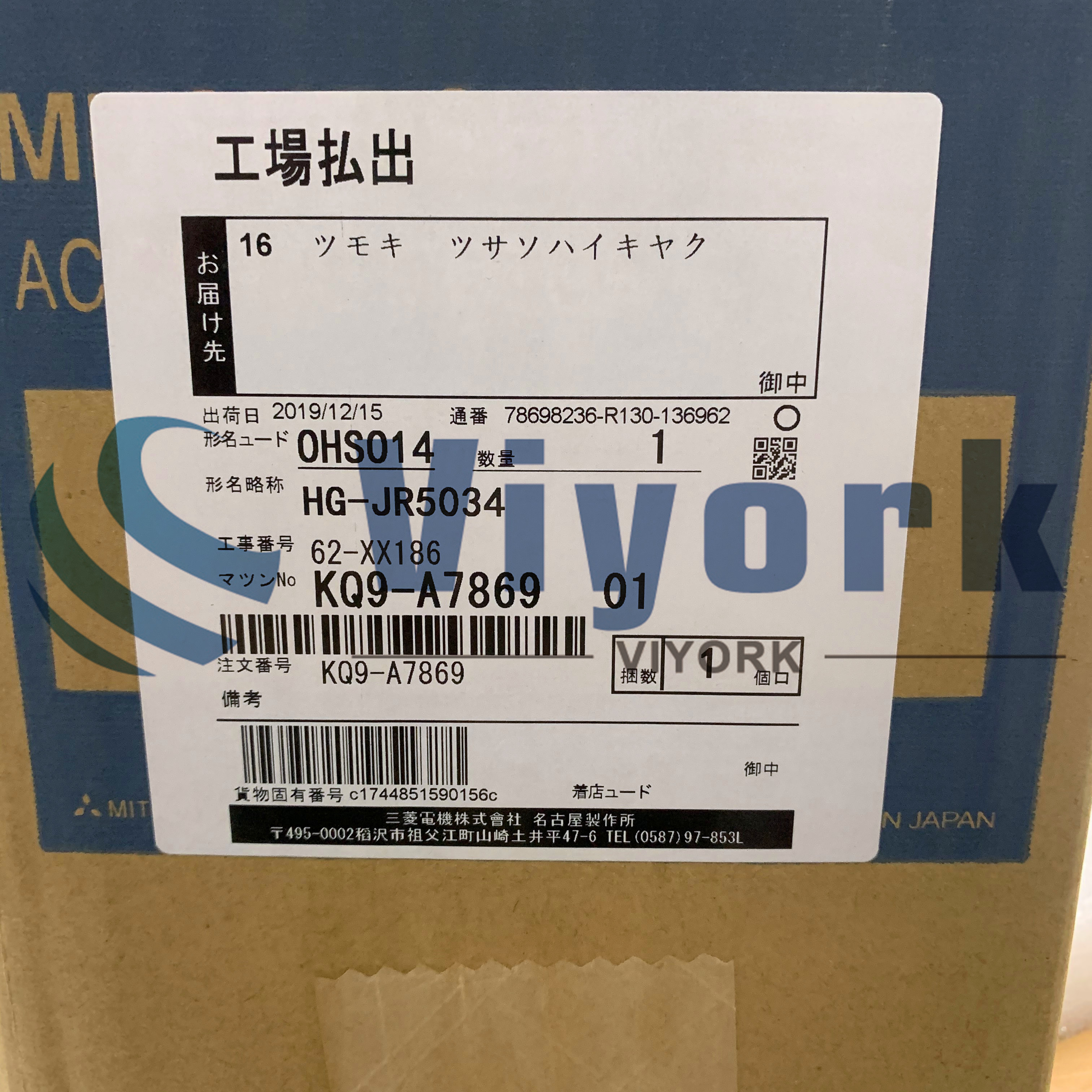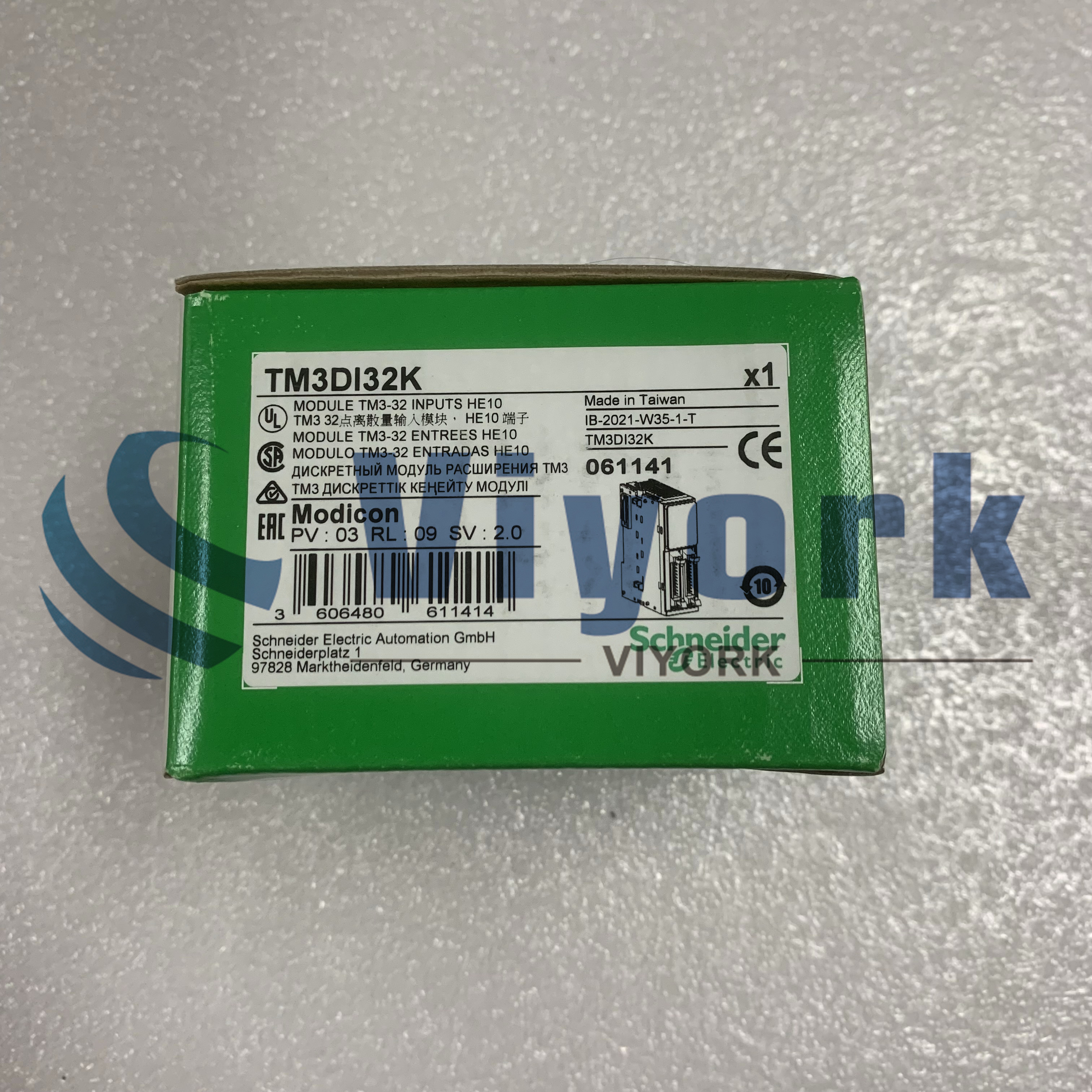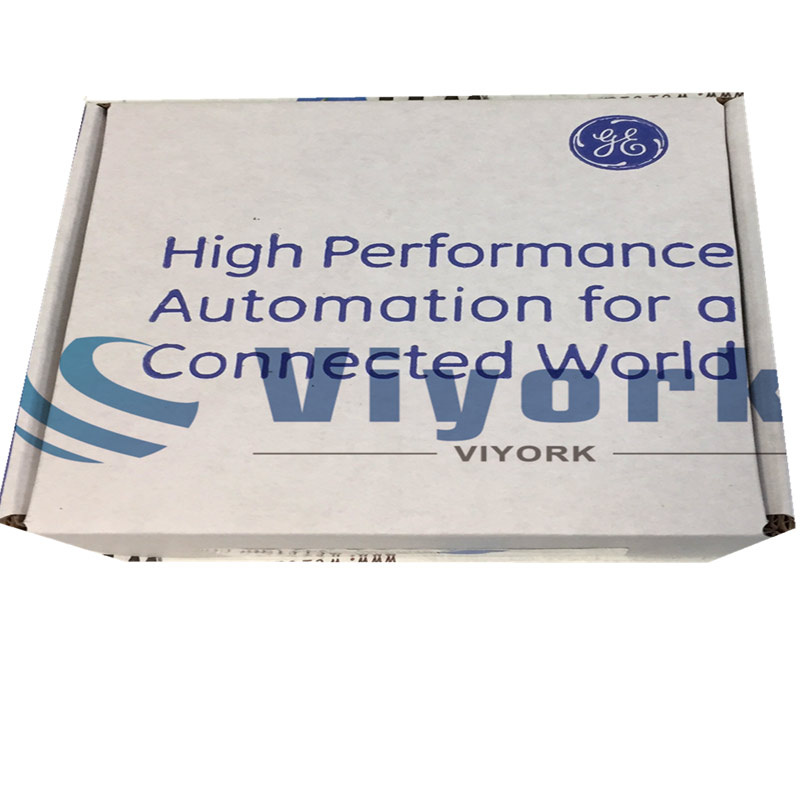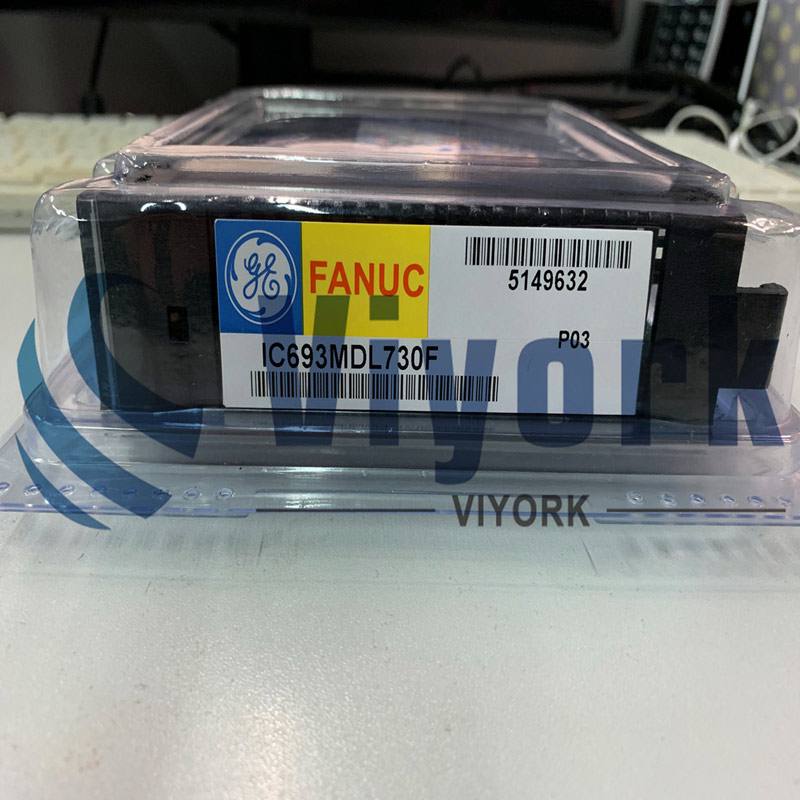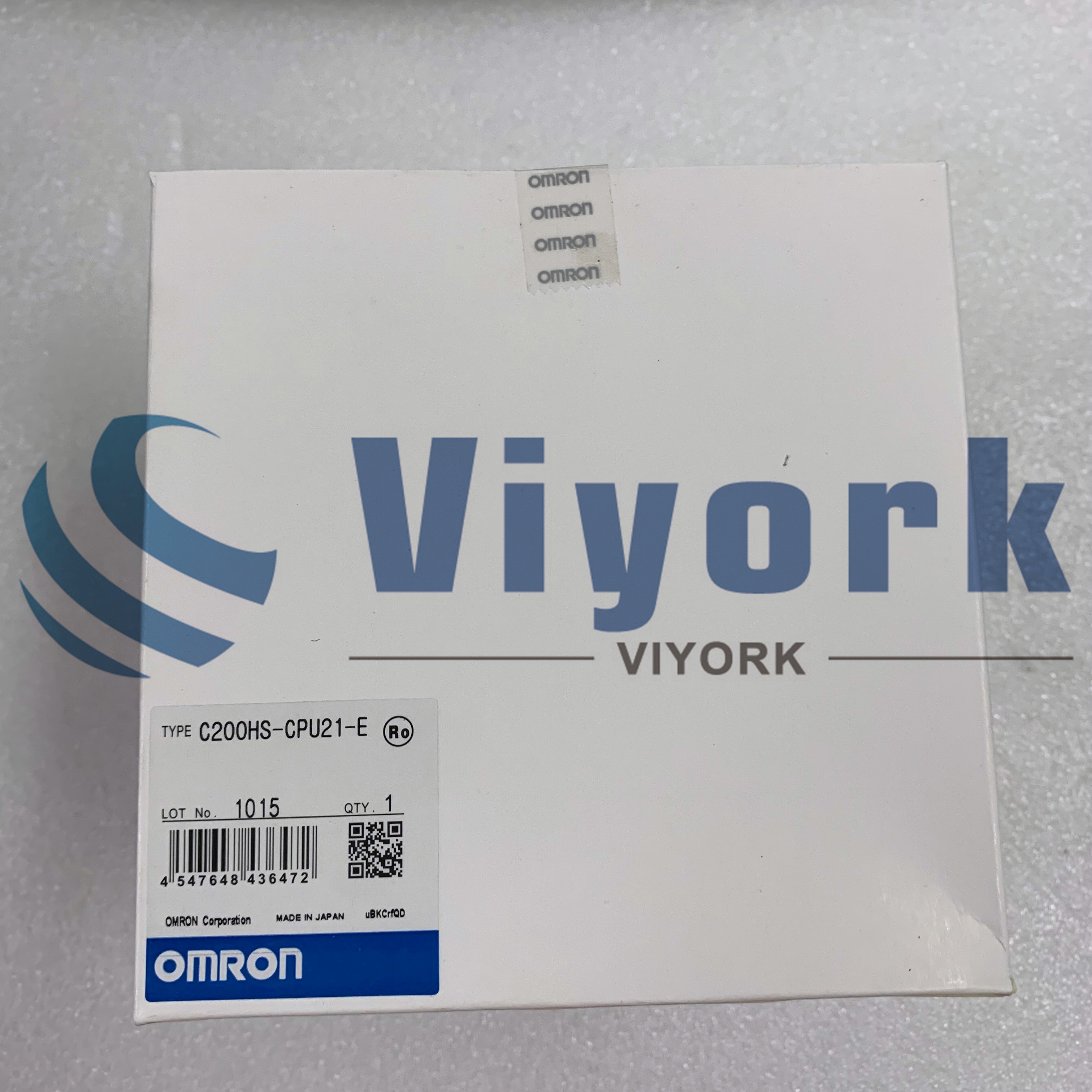The temperature controller is an automatic control element that will be turned on or off caused by a special chain effect because of its internal physical deformation when there is change in the working environment and temperature. In addition to control, the temperature controller can provide and collect temperature data for the circuit under different working principles.
Usually the industrial temperature controller can be divided into two structural working principle modes, including mechanical and electronic ones. In addition, there is another method of monitoring by mercury. When the temperature reaches the limit value, the contact will be connected to the mercury.
The mechanical type uses two layers of metal parts with different thermal expansion coefficients which are pressed together. After the monitored temperature changes, the internal metal bending degree of the temperature controller also changes. When the bending reaches a certain degree, the temperature controller will turn on or off the loop to make the refrigeration and heating equipment work.
The electronic type realizes control through temperature controllers such as thermocouples and platinum resistors, which convert temperature signals into electrical signals, and then electrical signals pass through circuits control relays such as single-chip microcomputers and PLC to prompt heating or make refrigeration equipment work or stop.
 Call us on:
Call us on:  Email Us:
Email Us:  1103, Block C, South Building, Luo Fang Road, Luohu District, Shenzhen, 518001, China
1103, Block C, South Building, Luo Fang Road, Luohu District, Shenzhen, 518001, China 
